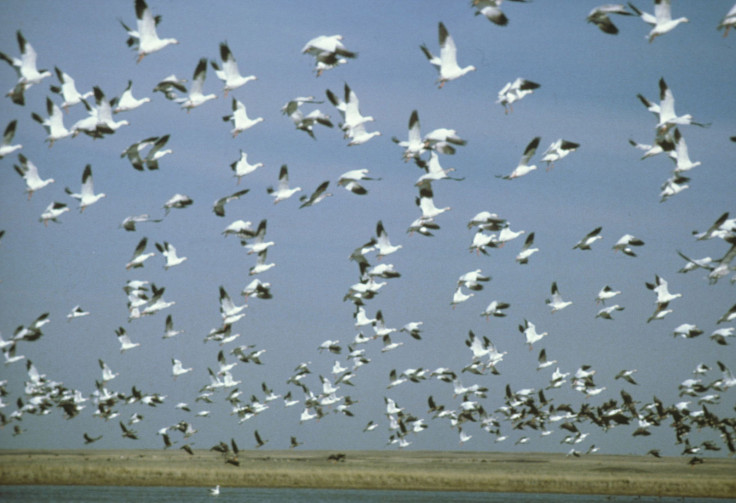Biodiversity loss could be highly underestimated due to missing data on total number of species

Species are fast disappearing from the planet but uncertainty looms over questions of how many species are alive today and how many of these face extinction threats.
This is due to huge gaps in scientists' knowledge of the planet's biodiversity, says a "status report of life on Earth" compiled by Nature based on available data.
Estimates of the total number of species of animals, plants and fungi alive swing between two million and 50 million, with many undescribed species inhabiting small regions of the planet with habitats facing many threats.
"There is a huge uncertainty in projecting future extinction rates," says Henrique Pereira, an ecologist at the German Centre for Integrative Biodiversity Research in Leipzig.
Assessments of threats to species take into account not more than 4.5% of total species believed to exist.
Amphibians are the most imperilled with 41% facing the threat of extinction while large fractions of mammals and birds face significant threats due to poaching and habitat loss and degradation.
At the upper rate, thousands of species are disappearing each year and if that trend continues, it could lead to a mass extinction, defined as a loss of 75% of species by 2200.
While conservation can help, present trends suggest they hardly amount to anything.
"In general, the state of biodiversity is worsening, in many cases significantly," says Derek Tittensor, a marine ecologist with the United Nations Environment Programme's World Conservation Monitoring Centre in Cambridge, UK.
Amphibians face biggest threat with 41% facing extinction under present trends indicating a mass extinction by 2200.
Computer models can help by forecasting how human activities will alter ecosystems but will require time for development and testing.
The IUCN had recently warned that human activities are sending a third of known species to the brink of extinction.
It came out with a list of 22,413 species deemed at risk of extinction after assessing the status of only 76,199 of the 1.7 million species of animals, plants, fungi believed to inhabit the planet.
Current estimates range from 500 to 36,000 extinctions per year.
Of all the species that have populated Earth at some time over the past 3.5 billion years, more than 95% have vanished — many of them in spectacular mass extinctions. The next such will most probably be caused by human activity that refuses to include welfare of other species in its agenda.
Humans who began by wiping out mastodons and mammoths in prehistoric times have been at the job, helping to wipe out the dodo, the golden toad, the Tasmanian tiger, and possibly the white rhino soon. Uncontrolled exploitation has rendered many marine species extinct while poaching and habitat loss is affecting large mammals like the elephant.
While according to UNEP, countries are on track to meet a 2020 goal established under the Convention on Biological Diversity to protect 17% of land areas, more efforts are clearly needed.
A recent study had shown how just a fraction of military spending could help protect the planet's biodiversity.
© Copyright IBTimes 2024. All rights reserved.





